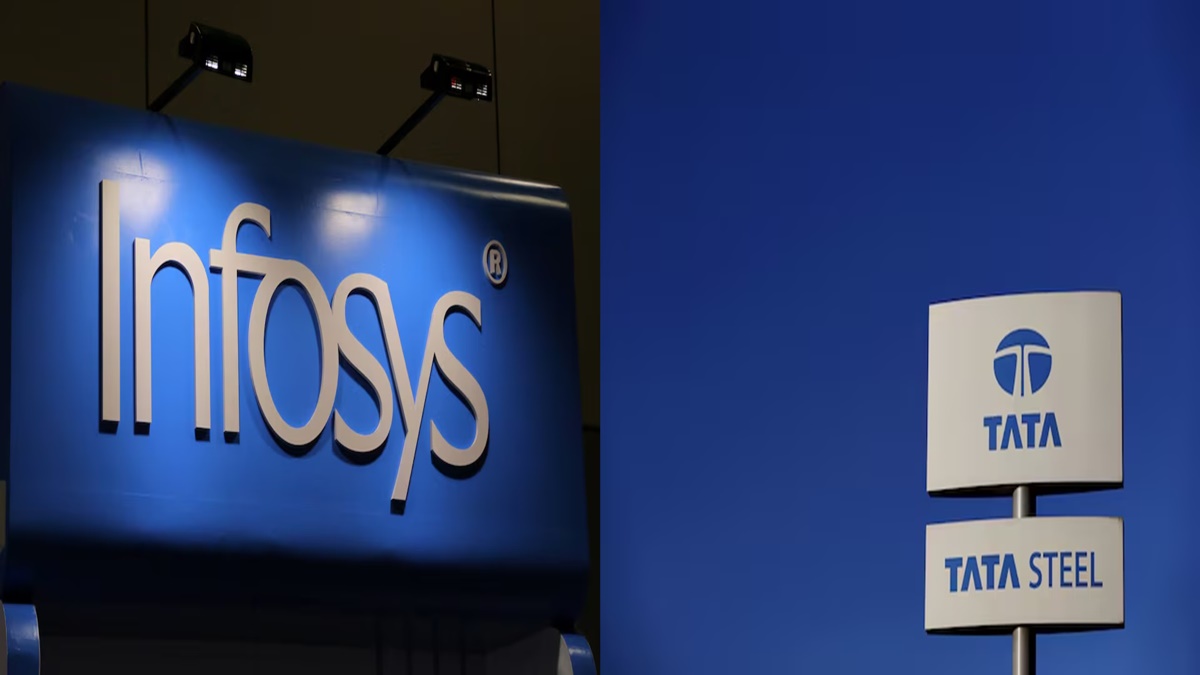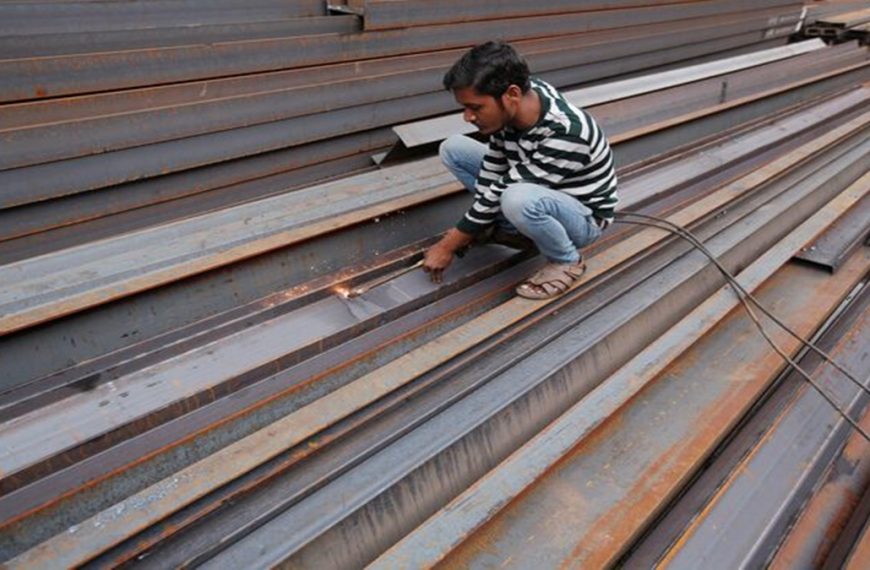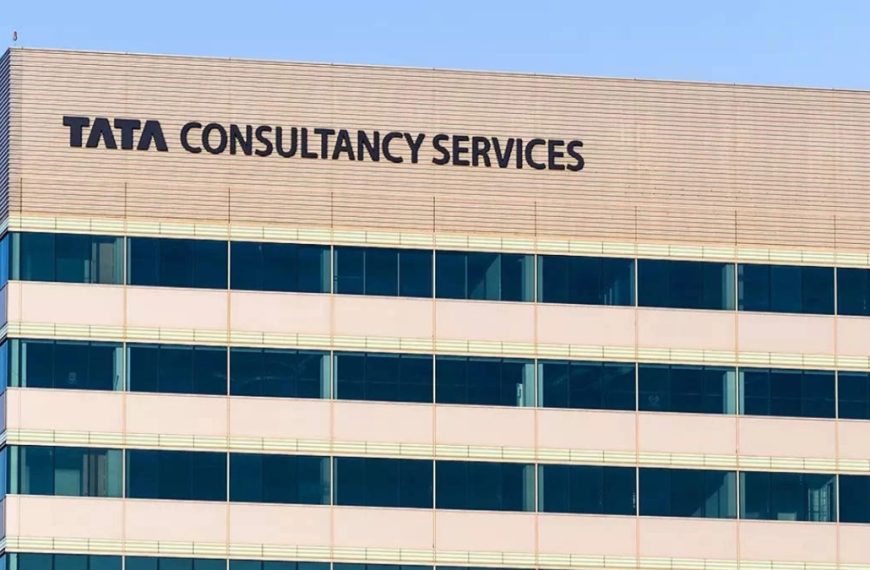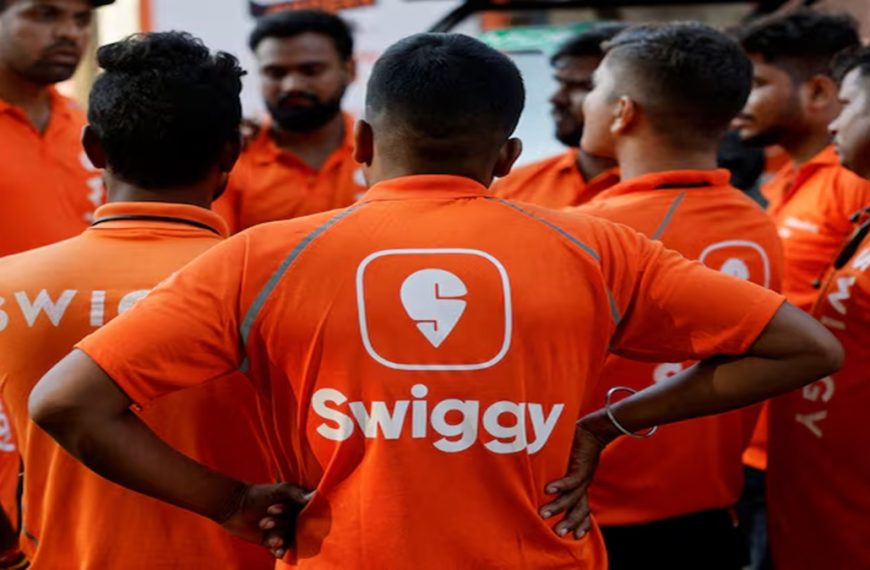In a notable shift in strategy, Tata Steel and Infosys are seeking governmental consent to downsize their respective special economic zones (SEZs). This adjustment reflects changes in their business frameworks, prompting them to adapt their operational landscapes. The inter-ministerial board of approval for SEZs, led by commerce secretary Sunil Barthwal, is set to deliberate on these requests in an upcoming meeting scheduled for May 9.
Tata Steel’s SEZ Adjustments
Tata Steel, which operates the Gopalpur SEZ in Odisha, is looking to de-notify 282.73 hectares from its allocated 588.65 hectares. Originally granted SEZ status in 2017, the company now aims to relinquish a portion of this land as it witnesses a shift in investments towards the domestic tariff area (DTA). While SEZs traditionally offer tax incentives, many new enterprises prefer the DTA framework for operational flexibility.
Infosys’ Strategic Reconfiguration
Similarly, Infosys Limited has submitted a request to reduce its IT SEZ in Indore, Madhya Pradesh, by 20.2 hectares from its total of 52.6 hectares. The firm successfully completed Phase 1 of its SEZ despite challenges posed by pandemic-related lockdowns. In its appeal, Infosys highlighted that the Covid-19 pandemic has led to a prevalent hybrid work model in the IT sector. As a result, the company is rethinking its land utilization to foster a more supportive IT ecosystem for other potential businesses. “This optimization will help us create an environment conducive to growth for incoming firms,” stated Infosys in its application.
Other SEZ Adjustments
In a similar vein, ELCOT has sought approval for the partial cancellation of 2.4 hectares from its 80.88 hectares dedicated to IT/ITES in Gangaikondan, Tamil Nadu.
Benefits and Regulations of SEZs
SEZs are regarded as foreign territories in terms of customs and trade regulations, and they offer various incentives to units operating within them. These benefits include:
- Duty-free imports and procurement of goods
- Exemption from Integrated Goods and Services Tax (IGST), Central Goods and Services Tax (CGST), and customs duties for authorized operations
For these incentives to apply, the board of approval must first sanction the application, followed by the official notification of the SEZ. Notably, the board can also authorize de-notification or partial de-notification of these zones.
Current Landscape of SEZs in India
As it stands, there are 368 notified SEZs across India, which include 7 Central Government and 12 State Government/Private Sector SEZs established prior to the SEZ Act of 2005. Out of these, 276 SEZs are currently operational, housing 6,279 active units. In an impressive growth trajectory, exports from SEZs surged by over 8.3% to reach $143.34 billion during the April-January period of the previous financial year.
This fresh wave of adjustments by Tata Steel and Infosys reflects a broader trend among firms seeking to optimize their operational strategies in an evolving economic landscape. As these businesses adapt to new market conditions, the government’s response will be pivotal in shaping the future of SEZs in India.











